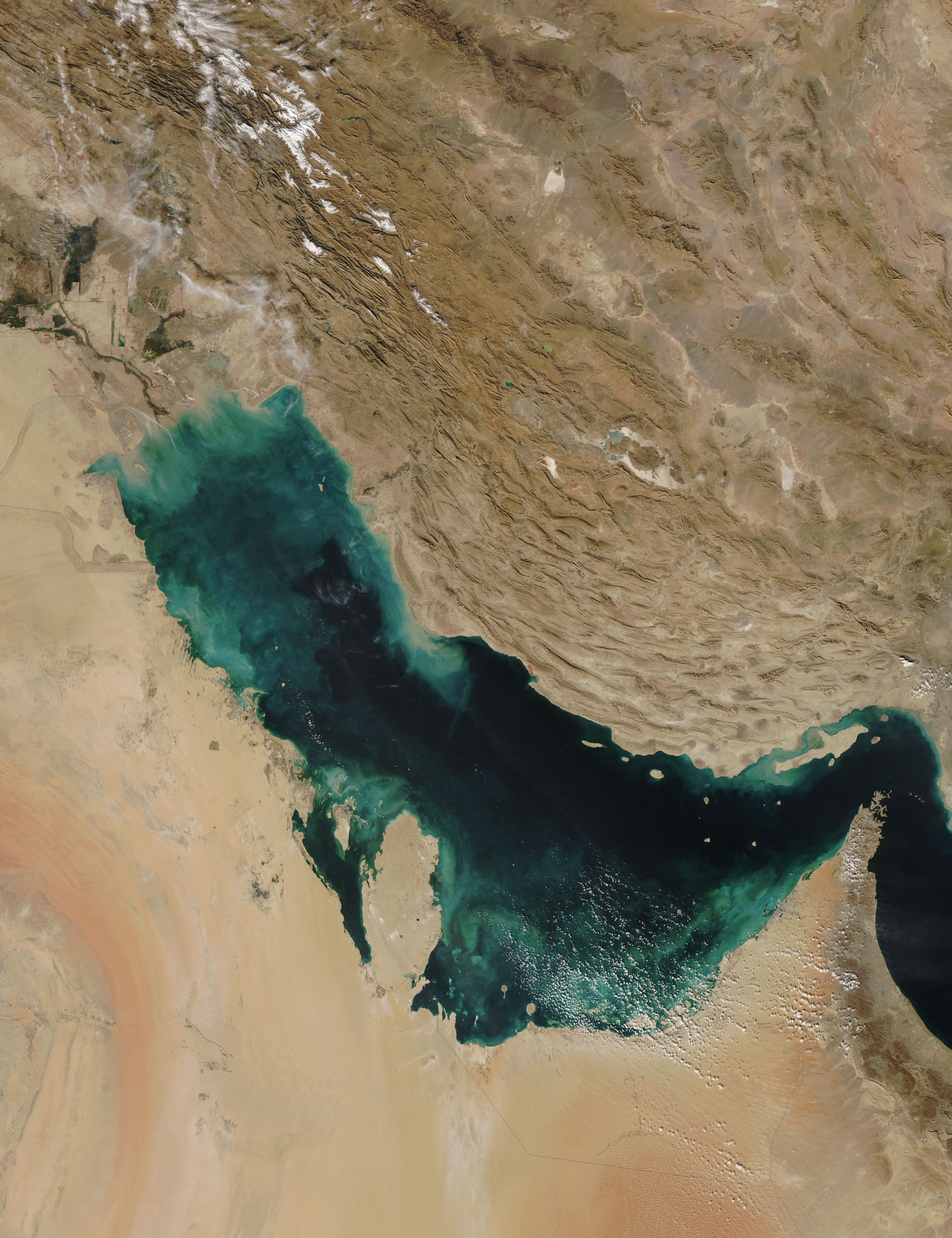
Saudi Arabia has the third largest defense budget in the world. A lot of that has gone to aircraft. Their air force currently consists of 844 aircraft and 81,000 personnel. Combat aircraft include:
61 F-15Cs
87 F-15E
53 Typhoons
81 Tornado
Lots of support aircraft. See Royal Saudi Air Force
Everyone else’s air force is notably smaller, except for the UAE.
Country…..Personnel…..Aircraft…..F-16C…..F-16D….F-18C…Mirage 2000….Rafale…..F16 E/F
Iraq………….5,000…………….289……………27………..9
Kuwait………5,000…………………………………………………….27
Qatar………………………………………………………………………………….30………………..1
Bahrain……..1,500……………129……………17
UAE…………………………………573………………………………………………67……………….30………….78
Oman……………………………………………….18…………………………………………………….9 Typhoon
……………………………………………….Other
……………..Su-25………AH-64……..Ground Attack
Iraq………….21…………………………..18
Kuwait………………………16
Qatar………………………….1…………..6
Bahrain……………………..22
UAE……………………………………………6
Oman……………………………………….10
Between these seven nations, this is something like 595 air superiority and multi-role modern aircraft, plus another 100 or more ground attack aircraft. Certainly enough to patrol the Persian/Arabian Gulf, which is about the size of the state of Wyoming.
On the north side of the Gulf is Iran. It has an air force of 37,000 (2011 estimate) consisting of:
MiG-29:……………20
F-7………………….17 (a Chinese MiG-21)
F-5E………………..25
F-4 Phantom II…….47
F-14…………………24
Mirage F1……………9
Su-22……………….10
Su-24……………….23
So, 142 air superiority and multi-role Iranian jets compared to 595 controlled by the seven Arab states lining the Gulf. In most cases, the Arab nations have better quality aircraft…and 33 Ground Attack aircraft vice 100+. No question who will be able to establish air superiority if there is a hot war.

“Saudi Arabia has the third largest defense budget in the world”
How do you know?
SIPRI 2019 report. See previous post. Now….we don’t really know. We have not carefully researched everyone’s defense budget nor would we have time to do so. Now, if you use a PPP-type calculation, you will certainly end up with different figures, especially when looking at defense budgets of countries like China and India.